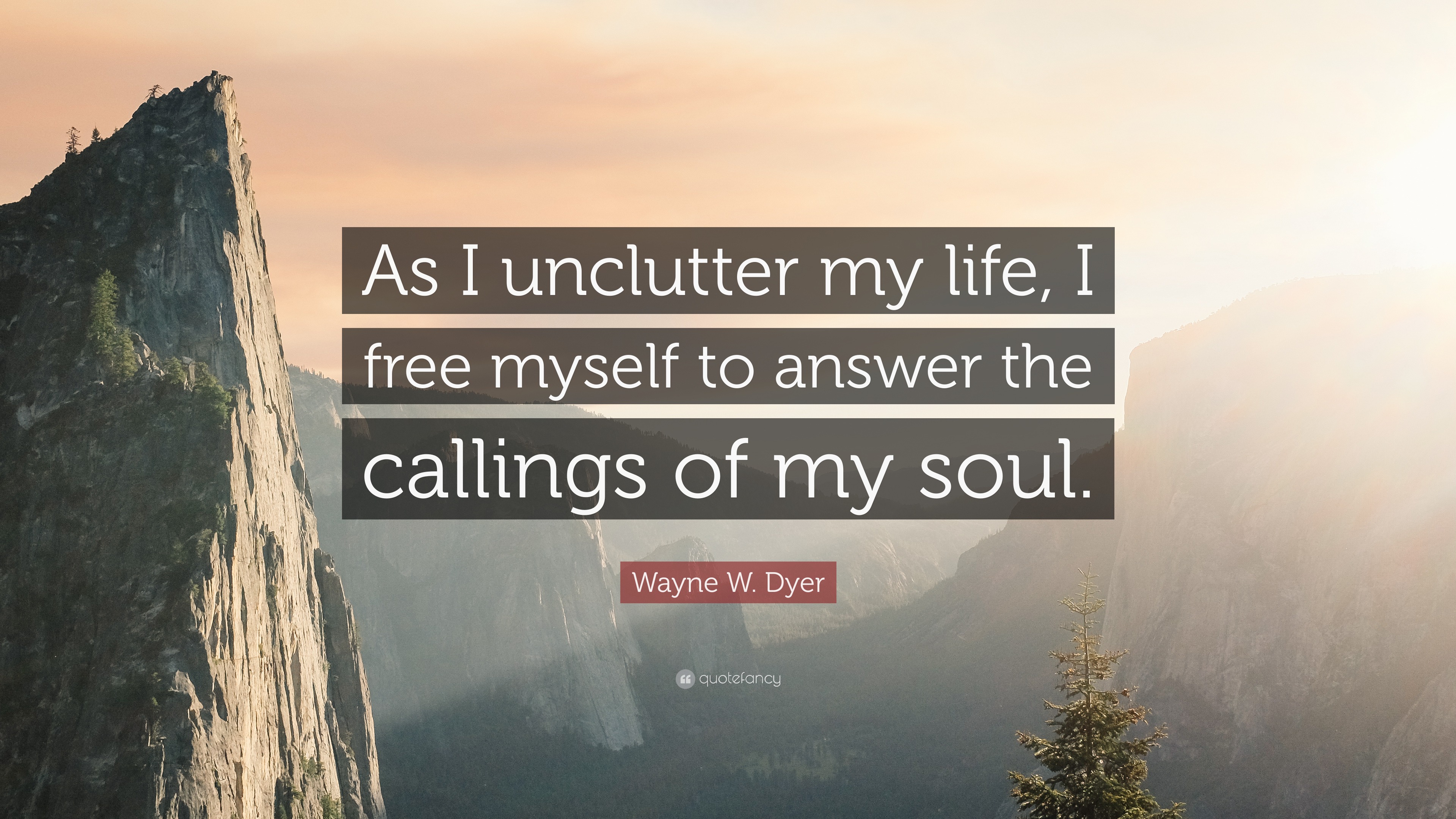

Finally, leads roughly gauge the effort involved in each and define zones on the matrix that represent must-haves, nice-to-haves, and won’t-do-right-now.The possessions in our world that do not have a purpose, do not reflect who we are, and do not enhance our lives aesthetically or spiritually. Next, asks from other teams are placed on the matrix in the same way. The cards are then placed on a matrix according to how urgent the project is, and how big its impact is expected to be.

The technique requires team leads to agree on their biggest, most important collective goal, then write down all their project ideas on index cards. IT and business leaders have to account for the work initiating from within the team itself and weigh that against requests coming in from other teams who rely on them.Ītlassian uses a prioritization matrix technique developed by some of its R&D leaders. Molly Hellerman, head of strategy & programs, Atlassian : “Prioritizing project work for teams can be an exercise in hair-pulling frustration. If the task is on my calendar and treated like an important lunch meeting that I would not consider missing, it gets done.” Create an organization hack for the whole team I take this approach every time I feel like there is not enough time in the workday. This ensures that time is allocated to accomplish the tasks. Schedule time on your calendar for the most important items from your to-do list just like you would a meeting. My email is only synced when I open the email app.ĭocument your conversations and move action items to your to-do list. I do not have email notifications enabled. Take this same approach to your cell phone. Even if I do not immediately read or act on the message, it is still distracting. To me, pop-up notifications on my desktop are the same as my phone ringing every two minutes. If you do, turn off the pop-up notifications. Shon Myatt, CTO, Babel Street: “Do not keep your email or chat client open all the time. I always want to be as helpful as I can, but saying no to certain asks helps to keep myself and my team more focused. I say no to additional reporting or documenting unless it is part of an agreed upon process as I often see people get sidetracked trying to find a number or report on data without a clear definition or agreement on the purpose and outcome of the data being gathered. I say no to projects that don’t align to my team’s goals, which ladder up to the highest levels of the organization. I say no to any meeting that does not have an agenda or defined objective.

Ryan Lester, director of customer engagement technologies, LogMeIn: “I have to admit that I love saying ‘no’ to asks throughout the day. It’s much more effective from a career management standpoint to do five things well and promote your accomplishments than to try to do 25 things." Just say no Then time block accordingly, given the fixed and finite number of hours in the week. Most of us say ‘yes’ to everything and end up saying ‘no’ to some things we really care about– even if that 'no' is an unconscious 'no.' So the first step is to get clear on what you truly value and want to put as a priority in your life. What happens when everything becomes impossible to accomplish? Guilt, depression, stress, anxiety, and possibly even a decision to downsize your career. Most of us define ‘enough’ as everything. Redefine "enough"Įlene Cafasso, founder and president, Enerpace, Inc.: "Decluttering your work life begins with prioritizing. Read on for their tips, and consider if any of these ideas can help spark more joy in your work day. We asked IT and business leaders for their “life-changing” hacks for filtering out the distractions and focusing on their most important work. Could decluttering your work life make you more productive and happy in 2019? Considering the fact that millions of people have bought into Marie Kondo's organization method, as described in her book “ The Life-Changing Magic of Tidying Up,” and in her popular new Netfilx series, it's an idea worth exploring. If you are already feeling this way, halfway into January, perhaps it’s time to make a few changes. Add in goal setting and planning for the year, and suddenly that in-over-your-head feeling comes back with a vengeance. Day-to-day stressors – like constant meetings, interruptions by colleagues, and email notifications – pick up right where they left off. Getting back into the swing of work after a long holiday break can overwhelm you.


 0 kommentar(er)
0 kommentar(er)
